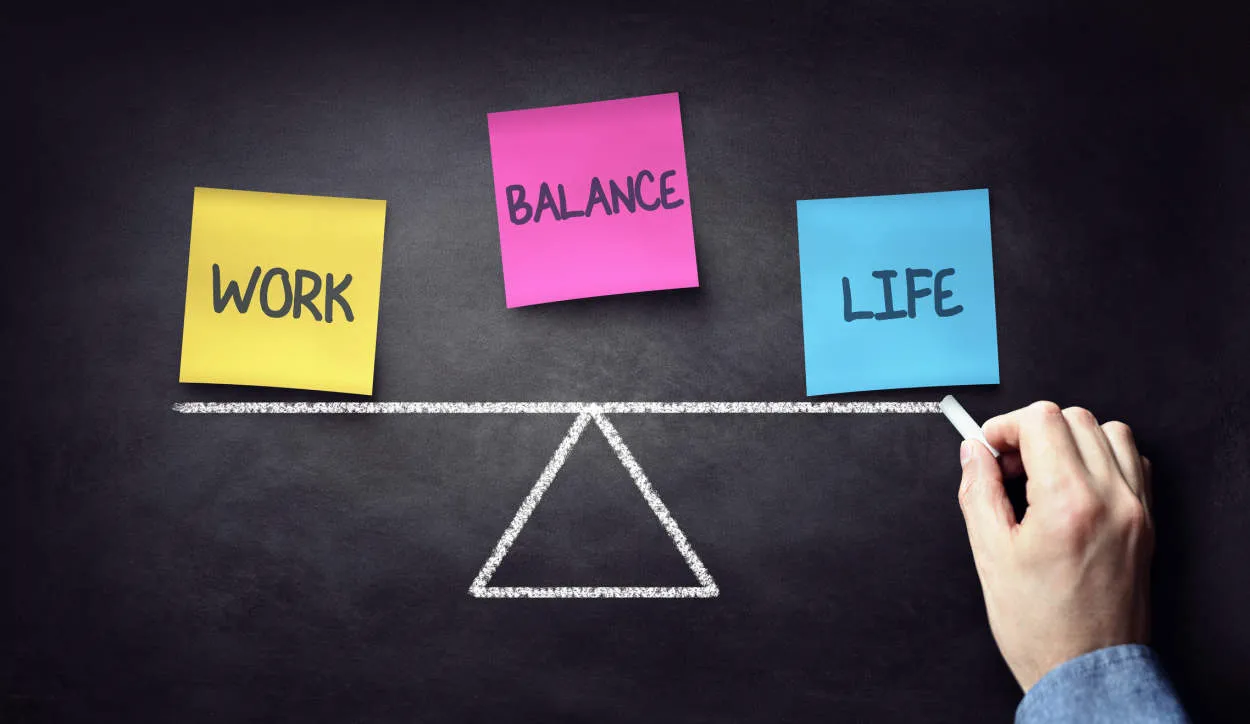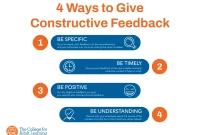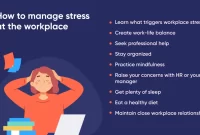Striking a balance between work and personal life is essential for overall well-being. In this article, we will explore practical tips for employees to achieve a healthy work-life balance, ensuring productivity and happiness in both aspects of life.
Setting Boundaries and Priorities
In today’s fast-paced work environment, achieving work-life balance is becoming increasingly challenging for employees. The key to finding this balance lies in setting clear boundaries and priorities. By doing so, individuals can ensure that their personal lives are not overshadowed by work commitments and that they can effectively manage their time and energy.
Setting boundaries:
1. Define your non-negotiables: Identify the aspects of your personal life that need to be protected and prioritize them. This could include spending time with family, pursuing hobbies, or taking care of your health.
2. Communicate with your employer: Let your employer know about your boundaries and limitations. Discuss realistic expectations regarding working hours, weekends, or personal days off. Establishing open communication will help ensure that your employer understands and respects your need for a balanced life.
3. Learn to say no: It’s important to recognize that you can’t do everything. Be selective in what you take on and learn to say no to tasks or projects that do not align with your priorities. This will prevent you from feeling overwhelmed and allow you to focus on what truly matters to you.
Setting priorities:
1. Identify your goals: Determine what is most important to you in your personal and professional life. This could be career advancement, quality time with loved ones, or personal development. Understanding your priorities will help you make informed decisions and allocate your time and resources accordingly.
2. Delegate and outsource: Don’t hesitate to delegate tasks or ask for help when needed. Prioritize your responsibilities and identify tasks that can be shared or outsourced without compromising quality. Learning to let go and trusting others will lighten your workload and create space for other aspects of your life.
3. Maintain work-life boundaries: Avoid bringing work responsibilities into your personal time. Practice disconnecting from technology, establishing designated workspaces, and creating rituals that help separate work from leisure. By maintaining clear boundaries, you’ll be able to fully engage in activities outside of work, recharge, and find fulfillment.
By setting boundaries and priorities, employees can navigate the demands of work while maintaining a healthy work-life balance. It’s important to remember that achieving this balance requires ongoing effort and adaptation. Through self-awareness, effective communication, and strategic decision-making, individuals can find harmony between work and personal life.
Managing Time and Task Effectively
In today’s fast-paced workplace, it can be challenging for employees to achieve work-life balance. However, by implementing effective time management and task prioritization strategies, it is possible to strike a healthy equilibrium. Here are some tips to help employees manage their time and tasks efficiently:
- Set Clear Goals: Start each day by setting clear goals for what needs to be accomplished. This will help you stay focused and organized throughout the day.
- Prioritize Tasks: Assess the urgency and importance of each task and prioritize accordingly. Use to-do lists or task management tools to stay on track.
- Eliminate Time-Wasting Activities: Identify and eliminate any activities that do not contribute to your productivity, such as excessive social media use or unnecessary meetings.
- Delegate: Learn to delegate tasks to others when possible. This will not only lighten your load but also promote teamwork and collaboration.
- Avoid Procrastination: Procrastination can be a major time waster. Break tasks into smaller, manageable chunks and tackle them one at a time to stay motivated and productive.
- Practice Effective Communication: Clear communication with colleagues and supervisors is essential for efficient task management. Be proactive in seeking clarification and providing updates.
- Take Breaks: It’s important to give yourself regular breaks to recharge and maintain focus. Short breaks can actually enhance productivity.
- Learn to Say No: While it’s essential to be a team player, learn to say no when your workload is already overwhelming. Prioritizing your own tasks is important for achieving work-life balance.
By implementing these strategies, employees can effectively manage their time and tasks, leading to increased productivity, reduced stress levels, and a healthier work-life balance.
Fostering a Supportive Work Environment
Creating a supportive work environment is crucial for employees to achieve work-life balance. Here are some tips for fostering such an environment:
1. Open Communication
Encourage open and honest communication between employees and managers. This helps to address any concerns or issues promptly and promotes a more transparent work culture.
2. Flexibility
Offer flexible work arrangements, such as remote work or flexible hours, to accommodate employees’ personal needs. This allows them to better balance their work and personal lives.
3. Mental Health Support
Provide resources and support for managing stress and mental health. This can include employee assistance programs, counseling services, or mindfulness programs to promote well-being.
4. Workload Management
Avoid overloading employees with excessive workloads. Regularly assess and distribute work evenly among team members to prevent burnout and maintain productivity.
5. Recognition and Rewards
Recognize and appreciate employees’ hard work and achievements. This helps boost morale, increase job satisfaction, and encourages a positive work environment.
Conclusion
In conclusion, achieving work-life balance is crucial for employees to ensure their well-being and overall satisfaction. By implementing the tips mentioned in this article, such as setting boundaries, prioritizing self-care, and effective time management, employees can strike a harmonious balance between their professional and personal lives. Ultimately, finding this balance leads to increased productivity and happiness both at work and at home.




